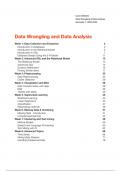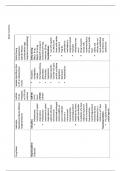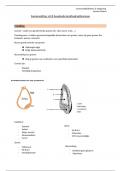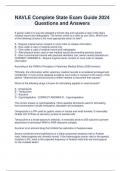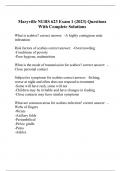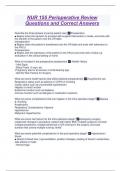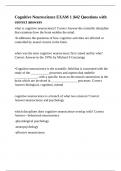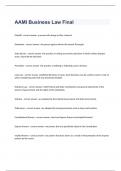Samenvatting
Summary INFOMDWR Data Wrangling and Data Analysis 2022/2023
- Vak
- Instelling
This summary contains all the theory provided in the INFOMDWR course in 2022/2023. This includes elaborate description and practical examples of the concepts. This will help you preparing for the exam!
[Meer zien]
